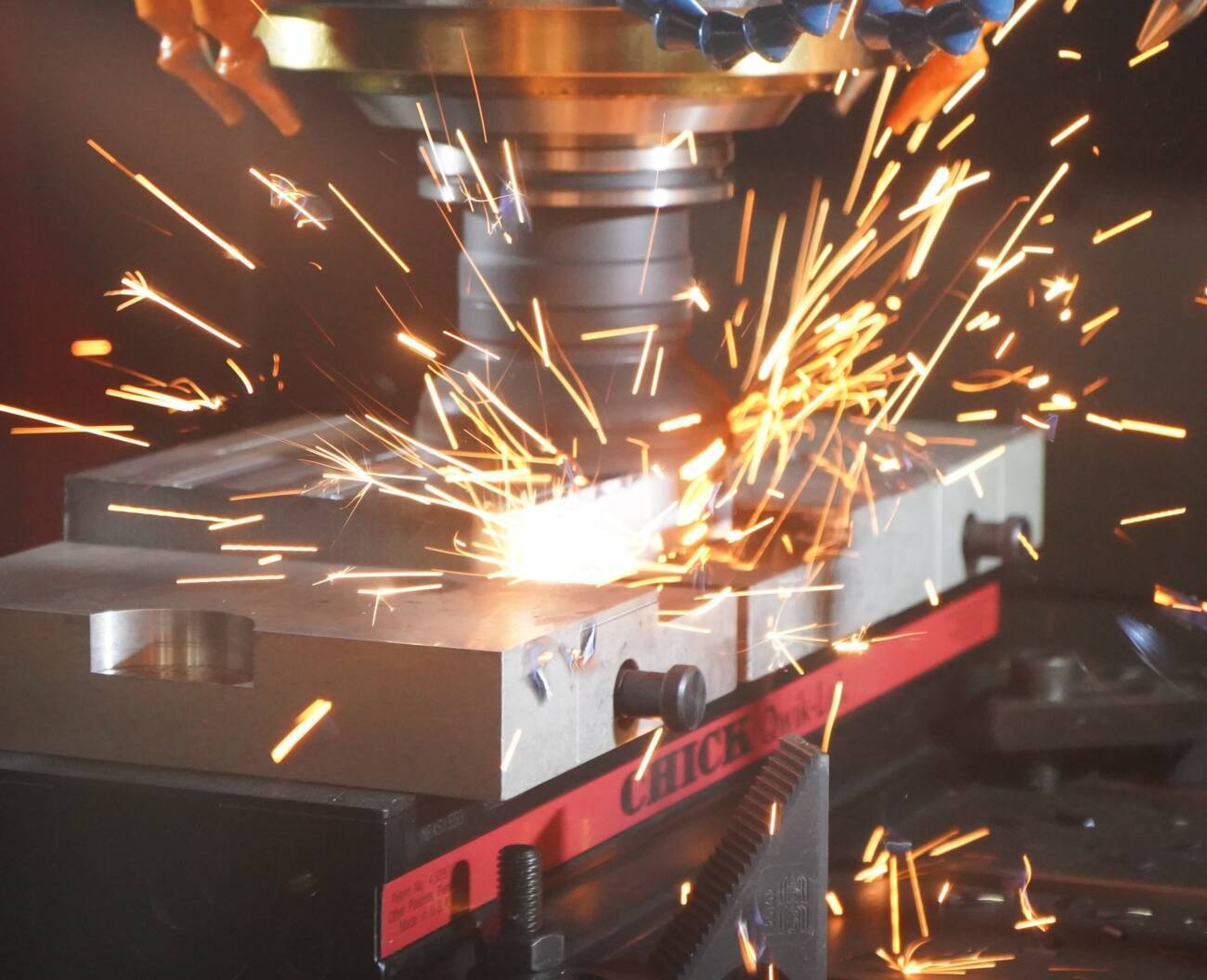Achieving peak productivity and profitability remains a top priority for manufacturing leaders. In the fast-paced and dynamic manufacturing landscape, where precision, efficiency, and cost-effectiveness are non-negotiables, selecting a suitable vertical machining center (VMC) becomes the cornerstore for business success.
The strategic selection of a VMC addresses immediate manufacturing needs, and positions an organization to adapt and excel within the industry’s continuous innovation.
Below, we’ll walk you through crucial considerations for machining center selection to help your organization prioritize productivity with efficiency and reliability.
The following checklist will help you analyze and organize your company’s productivity requirements. Then, examine other operational considerations to determine what machining center be the most beneficial to your business.
IDENTIFYING BUSINESS NEEDS AND VMC SELECTION
FUTURE-PROOFING OPERATIONS
Rapid technological advancements and ever-evolving customer demands require the best machining center for your business. This strategic decision is critical to future-proof your operations.
It is essential to select a solution that prioritizes scalability and adaptability. Your machine should ebb and flow with your production needs, so you can effectively navigate shifting requirements.
Further, technology with data-driven decision-making capabilities can enable agility in business operations. Align your business with proactive responses to market shifts for efficient process optimization where and when needed.
BOTTOM LINE
The selection of a machining center is an integrate decision that can elevate your manufacturing operations. By integrating a machining center that aligns with your business needs, you will enhance your production output, and be better positioned to navigate the next evolution of industrial manufacturing. As a result, you benefit from increased profitability as well as invaluable time and financial savings.
WHY THE FANUC ROBODRILL?
A VMC like the FANUC RoboDrill combines reliability, high-speed performance, and customizable advanced automation capabilities to transform your operations.
Built to last with an average downtime of just 1.5 days per decade, the RoboDrill can be vital to increasing your floor’s utilization and navigating other production concerns to deliver meaningful results.
- Speed and Precision directly impact production efficiency, the ability to meet your targets, and delivery the highest quality outputs.
- Performance reliability and ease of maintenance ensure that downtime is minimized.
- Automation capabilities can streamline operations, reduce manual intervention, and improve quality control.
- Tool flexibility can ensure adaptability to different production needs.
- Usability and operability can impact seamless integration into existing processes and workflows.
FANUC RoboDrill with 5-axis table


